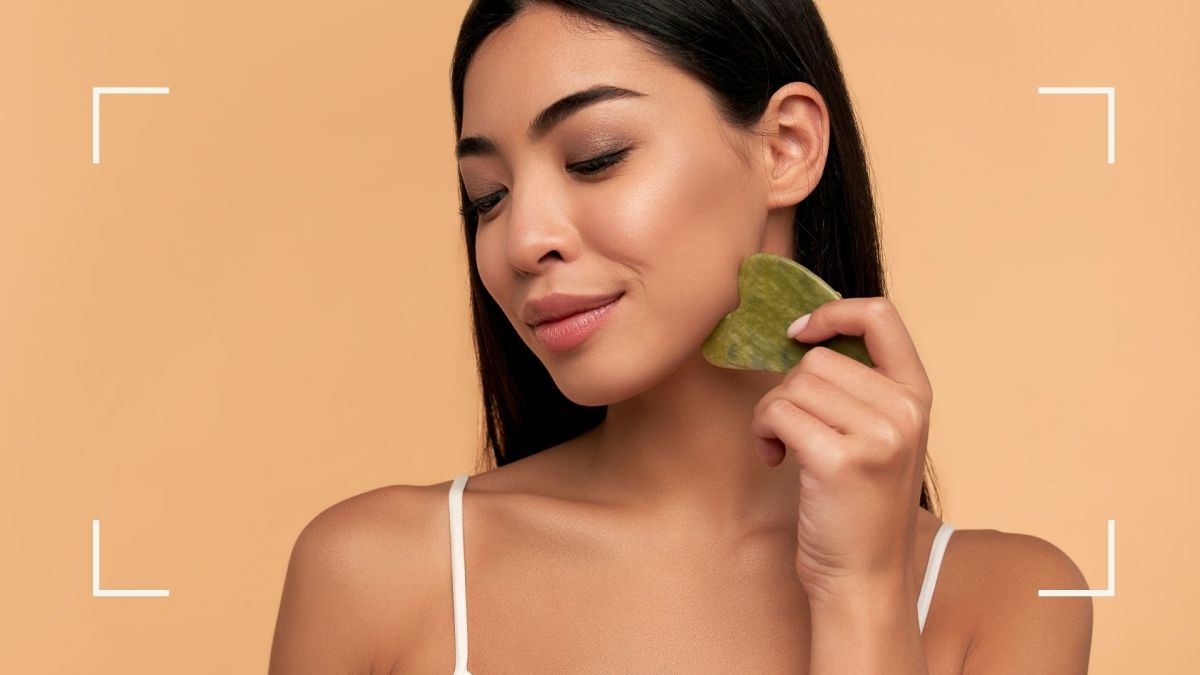You may get a lot of great things on different social media platforms and many questionable things as well. Guasha is not among them. Although it may seem like something you have seen in late-night infomercials, this muscular scraping technique basically boasts a lot of advantages.
Guasha is basically rooted in TCM (traditional Chinese medicine). According to TCM principles, your energy or chi should flow throughout the body to feel your best.
When your pronounced chi becomes stagnant in some areas, health issues are likely to occur. With Guasha massage, practitioners can use smooth-edge tools to scrape areas of your body where there is stagnant chi or inflammation to promote healing and improve circulation.
How it Works
Chinese skin scraping or Guasha starts with a consultation to evaluate the actual body parts, complaints, and illnesses to get treated. The procedure that is carried out in clinics, which offer TCM services, is done based on outpatient and can last for one hour or so.
Normally, patients in private rooms lie face down so as to expose their backs. Practitioners then apply lubricants, like massage oil, to that part. Using instruments, such as a rounded cap consisting of metal, practitioners will start applying direct and firm pressure on your skin by following various meridian points.
In different countries, the technique may vary slightly. For instance, most Vietnamese use coins instead of other materials or metals for scraping and combine those coins with egg yolk to serve as a skin lubricant.
Types
You will come across different types of Guasha. But the most common types of Guasha are not limited to the following:
- Facial Guasha – Some individuals practice this Guasha technique on the face so as to relieve inflammation, sinus pressure, tension, and puffiness. Some say it comes with anti-aging advantages, though there is no evidence to back those claims.
- Graston technique – Physical therapists, at times, use this type of Guasha to relax and stretch scar tissues or muscles, which might be causing pain. The method is basically Guasha, though, in the physical world of therapy, it is referred to as Graston Technique.
- Traditional Guasha – This is a TCM method, in which practitioners gently scrape areas on the body using smooth-edged tools. From a conventional medical point of view, the objective of this technique is to increase the range of motion, improve circulation, and minimize systemic inflammation.
Why Guasha Techniques are Popular Currently
This has something to do with how easy it is. And since practitioners use technology, those results look pretty nice.
Guasha is particularly effective for breaking down fascia adhesions and relieving muscular tensions, making the technique suitable for individuals with tech necks, sluggish circulation, and tight muscles.
For facial therapy, the technique can help stimulate microcirculation, promote the production of collagen, and de-puff. The key to this technique is consistency.
Guasha Tools
Tools used for Guasha techniques look similar to misshapen half-moon stones made from rose quartz or jade. Although these kinds of stones are as vital to the technique as the shape, history associates them with gemstones with some healing properties.
Practitioners need to look for tools with contour to fit various angles of the patient’s face. Unlike facial rollers, smaller edges may better apply pressure to a specific part of the face, like the eye area and brow bone.
The base area works well for a cheekbone, whereas the ‘v’ shape is suitable for the jawline. Guasha tools need to fit comfortably to glide across the skin with enough pressure.
Benefits
Guasha techniques are capable of minimizing inflammation. So it is usually used to treat illnesses, which cause chronic pain, like fibromyalgia and arthritis. Guasha can as well relieve symptoms of other illnesses, such as:
- Breast engorgement
- Migraine headaches
- Perimenopausal syndrome
- Tourette syndrome
- Hepatitis B
Uses of Guasha
Basically, Guasha techniques are normally used to relieve joint pain and muscle. Conditions of bones and muscles are usually called musculoskeletal disorders.
Good examples include carpal tunnel syndrome, tendon strain, and back pain. Practitioners say that Guasha techniques may as well reduce inflammation and benefit the immune system.
In a Nutshell!
It is vital to note that, although Guasha is a perfect non-invasive technique, it should be combined with different procedures.
For instance, if you recently had injectable or facial botox, you will have to wait for one month before you have the Guasha procedure conducted on you.

Leave a Reply